In Photos: Google Earth Reveals Sprawling Geoglyphs in Kazakhstan
Geoglyphs in northern Kazakhstan

More than 50 geoglyphs have been discovered in northern Kazakhstan. Designed in a variety of geometric shapes, the example shown here is in the shape of a swastika. Researchers from Kostanay University and Vilinus University are conducting a research project to study them. They appear to date back at least 2,000 years, and many of them are made of earthen mounds (although timber was used to make this swastika). [Read full story]
Ring-shaped geoglyph
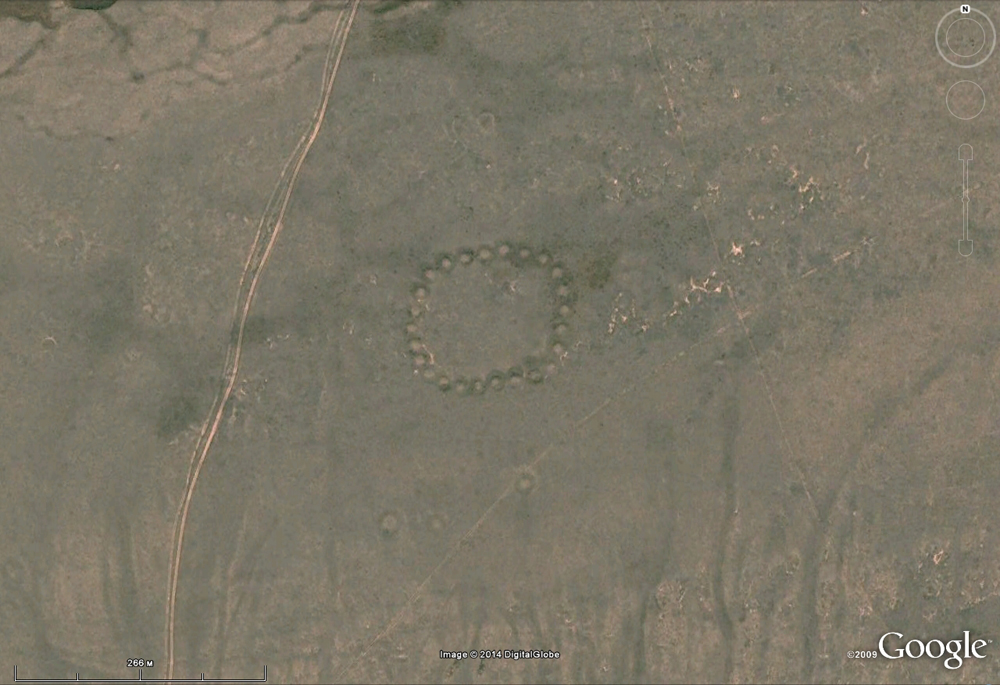
This geoglyph is in the shape of a ring. While the geoglyphs are often difficult to see on the ground in northern Kazakhstan, they can be seen clearly from the sky and were detected using Google Earth imagery. [Read full story]
Cross-shaped geoglyph
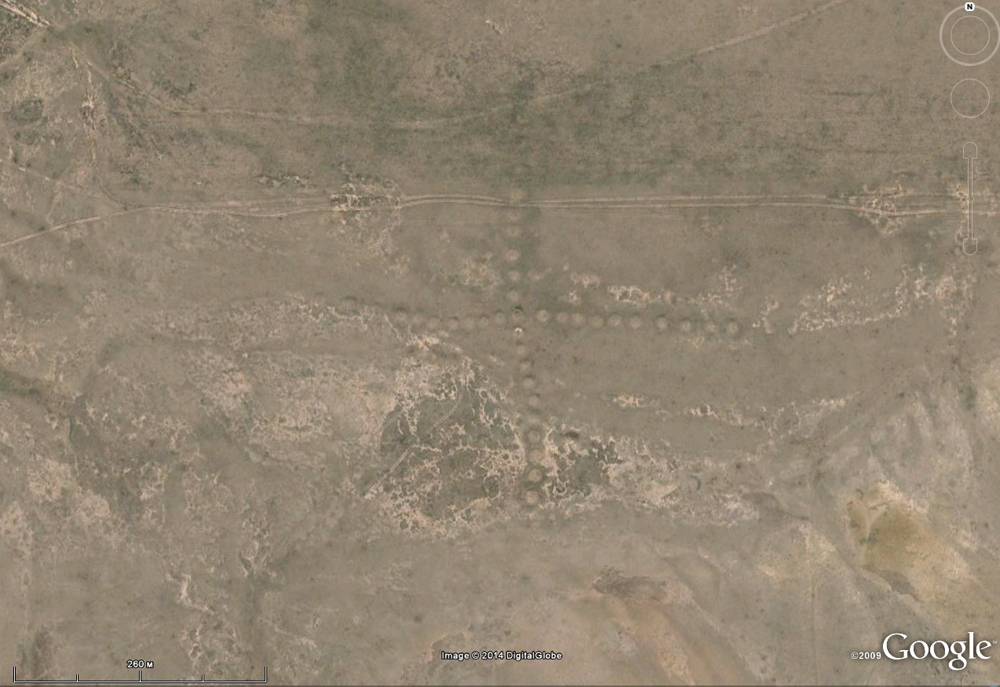
This geoglyph is in the shape of a cross. The geoglyphs in northern Kazakhstan range between 90 meters 400 meters (295 feet and 1,312 feet) in diameter. [Read full story]
Box-shaped geoglyph
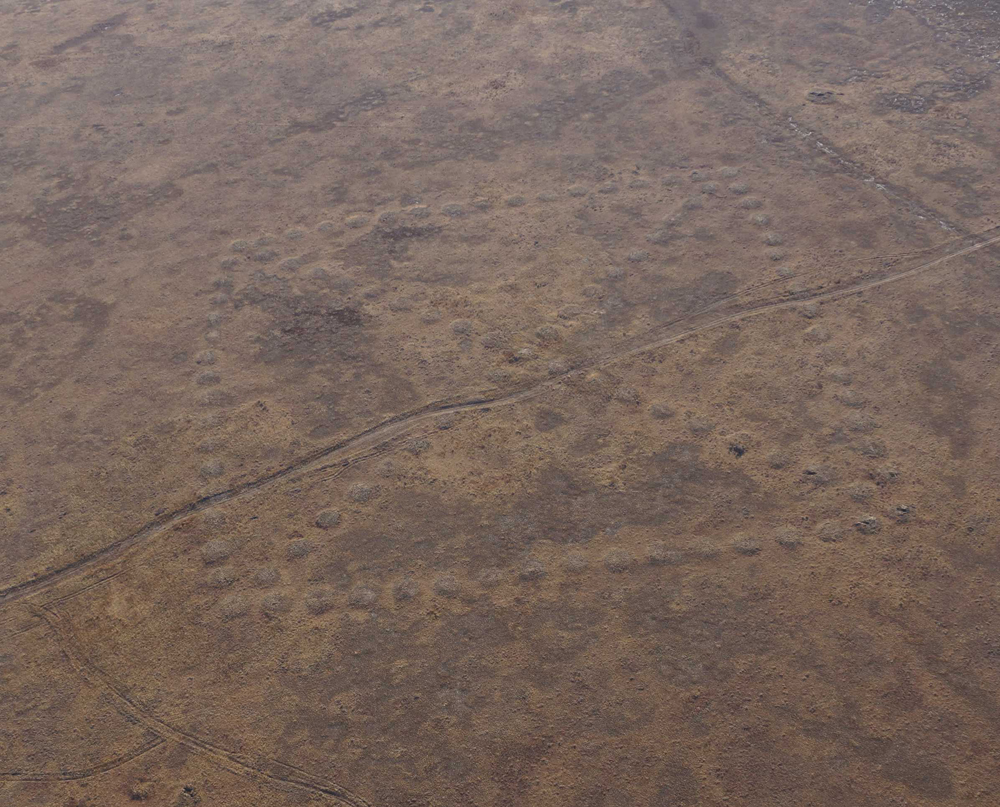
This geoglyph is in the shape of a box with an X running through it. The researchers are conducting a program of aerial photography, excavation, dating and ground-penetrating radar to learn more about the geoglyphs. The excavations unearthed the remains of structures and hearths at the geoglyphs, suggesting rituals took place there. Another idea is that ancient tribes may have used the geoglyphs to mark ownership of the land. [Read full story]
Multiple geoglyphs
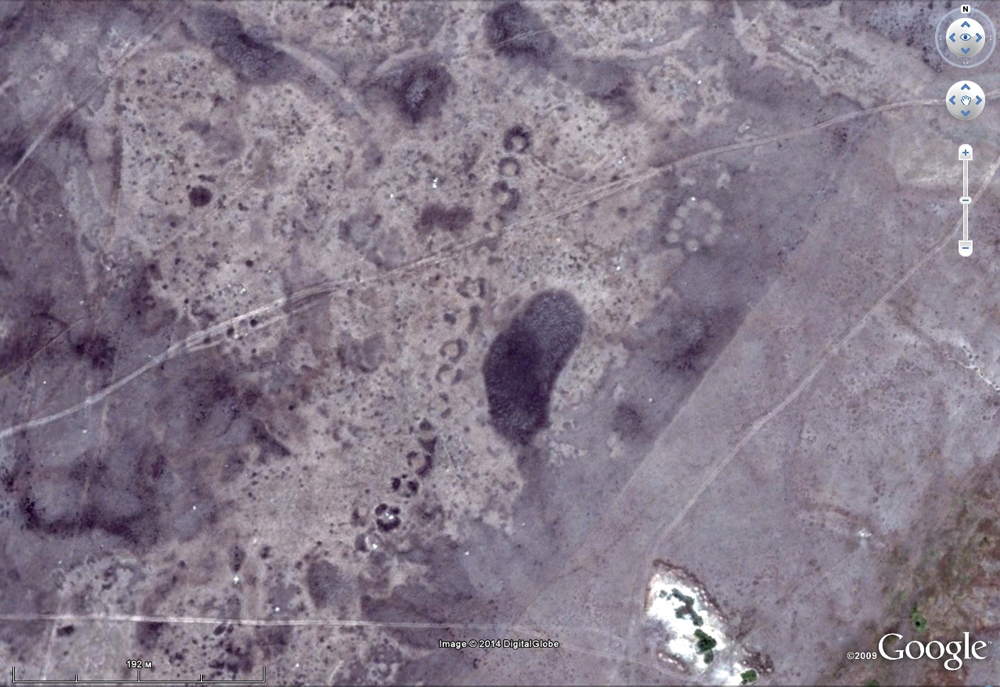
This image shows a geoglyph that looks like a line. There is also a ring located nearby. [Read full story]
Large geoglyphs

The geoglyphs are as long as 400 meters (1,312 feet) in diameter. To put this in perspective the aircraft carrier USS Enterprise, pictured here, is only 342 meters (1,122 feet) in length. [Read full story]
Many countries have geoglyphs

Kazakhstan is one of a growing list of countries that have geoglyphs. Structures like these have been discovered in Peru, Brazil, the United Kingdom, Jordan, Syria, Russia and the United States among other countries. The introduction of high-resolution Google Earth imagery in the past decade has allowed both professional archaeologists and amateurs to study these enigmatic structures in greater depth. This image shows a close-up of the swastika geoglyph from Kazakhstan. [Read full story]
Get the world’s most fascinating discoveries delivered straight to your inbox.
Stone Wheels
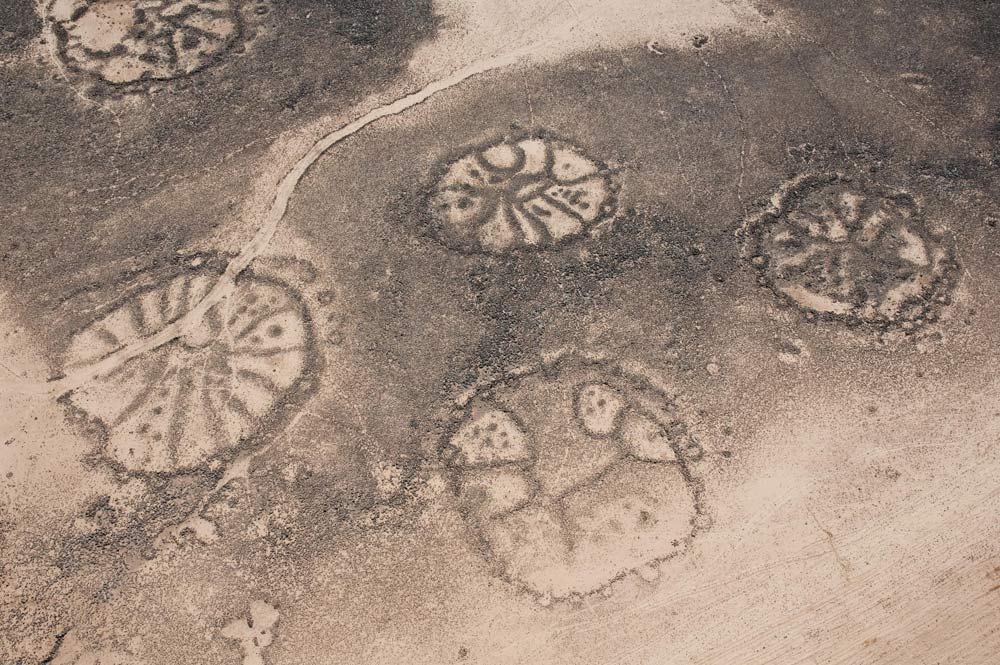
For instance, archaeologists have discovered such "Nazca Lines" called "wheels" in the Middle East. These stone structures show a variety of designs, with a common one being a circle with spokes radiating inside. Here, a cluster of wheels in the Azraq Oasis. Researchers think the wheels were created at least 2,000 years ago. [Read more about the wheel structures]
Russian Geoglyph

An animal-shaped stone structure that may predate Peru's Nazca Lines was discovered in Russia, near Lake Zjuratkul in the Ural Mountains, north of Kazakhstan. The sprawling "elk," which extends some 900 feet (275 meters) at its farthest points, excluding a possible tail, was discovered using Google Earth (shown here in a 2007 image). [Read more about the Russian Nazca Lines]

Owen Jarus is a regular contributor to Live Science who writes about archaeology and humans' past. He has also written for The Independent (UK), The Canadian Press (CP) and The Associated Press (AP), among others. Owen has a bachelor of arts degree from the University of Toronto and a journalism degree from Ryerson University.


